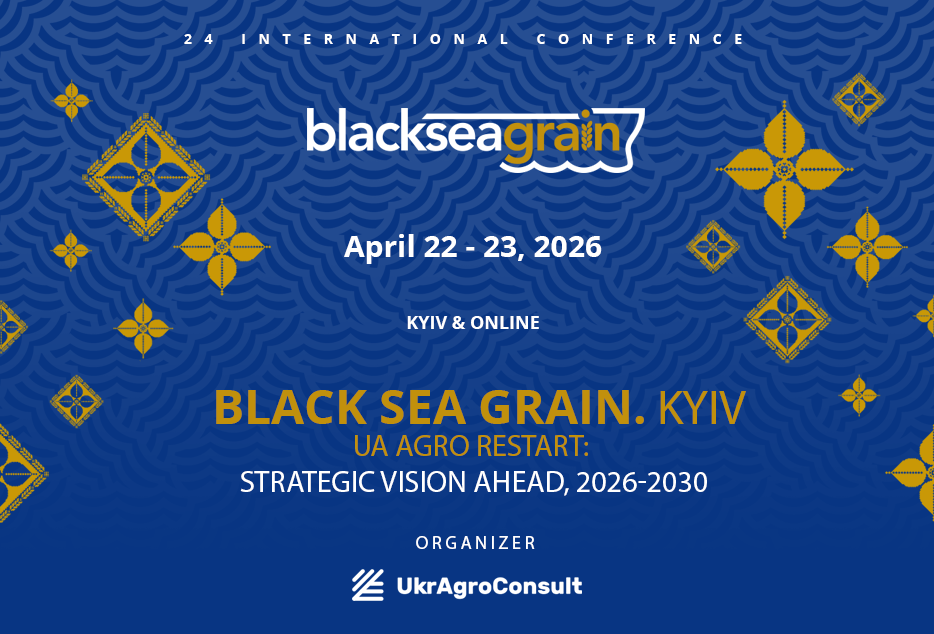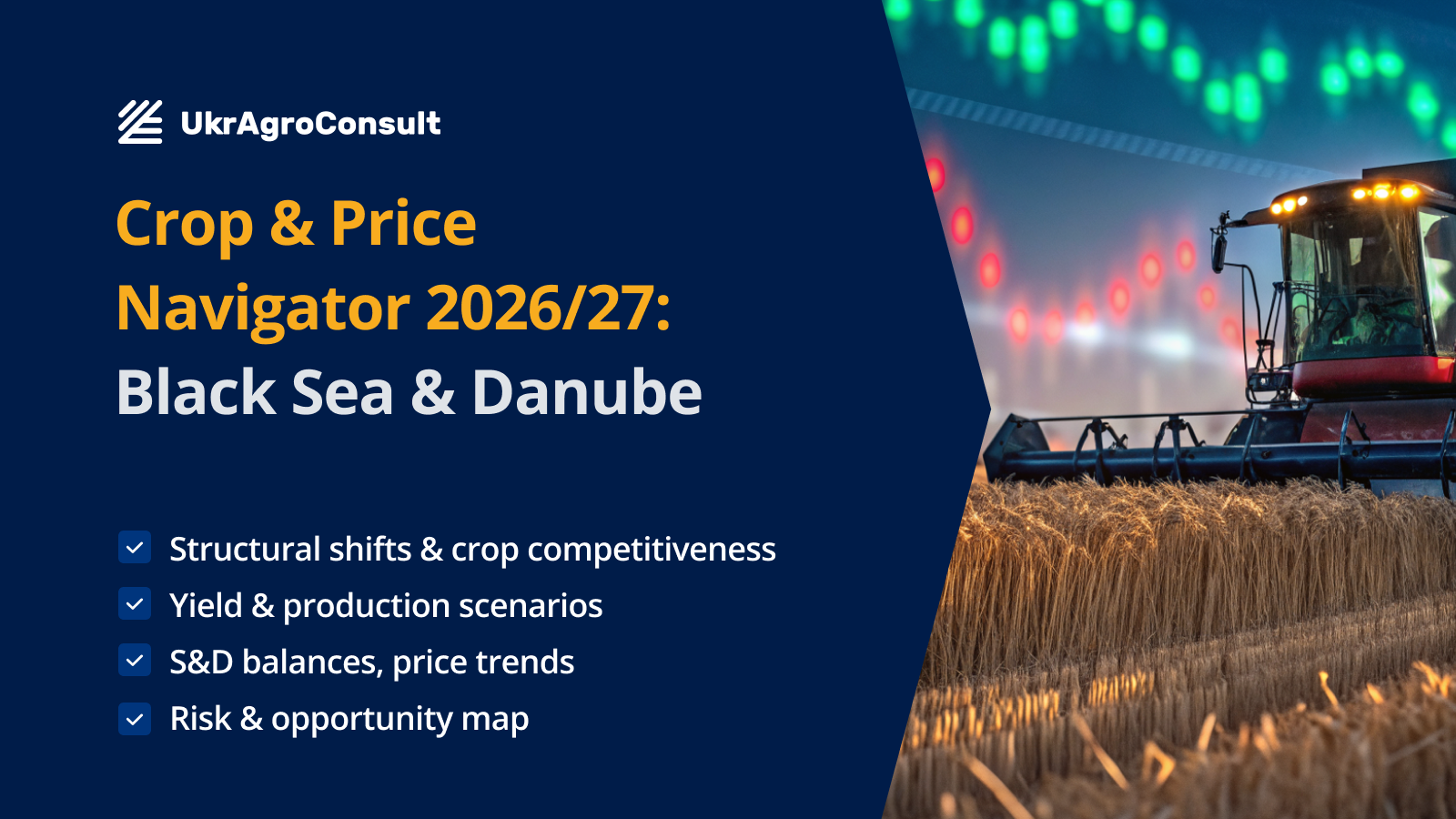Fertilizer Prices to Impact Safrinha Corn More than Soy in 2024/25

Brazilian farmers are wrapping up their 2023/24 safrinha corn harvest at a record fast pace. AgRural reported late last week that 74% of the safrinha corn had been harvested compared to 36% last year. As the harvest concludes, farmers are actively purchasing their inputs for the 2024/25 crops that they will start planting in August, if the weather cooperates.
Farmers have purchased 85% of the inputs needed for their 2024/25 Brazilian soybean crop, but only 27% of the inputs needed for the 2024/25 safrinha corn crop. The soybean input purchases are on par with previous years, but the corn input purchases are 17% behind the 5-year average.
Input purchases for the 2024/25 safrinha corn crop in Mato Grosso, which is Brazil’s largest corn producing state, are 20% behind the 5-year average. The slow pace of purchases is being attributed to the low corn prices in the state and the higher cost of fertilizers.
Many of the larger farmers in Mato Grosso obtain their inputs of seed, fertilizer, chemicals through a barter system with grain companies. Farmers contract with grain companies to sell a specified number of bushels of soybeans or corn needed to purchase the required inputs. If grain prices are low, or if input prices are high, they need to commit more bushels to conduct the transaction.
The current price of urea in Mato Grosso in reals per ton is up 11% compared to last year. If a farmer wanted to barter corn for fertilizers in Mato Grosso, he would need to pledge 70 to 75 sacks of corn per hectare (66.7 to 71.5 bu/ac) to secure the needed fertilizers, depending on the region.
The cost of MAP fertilizer in reals per ton is up 44% compared to a year earlier. MAP, or monoammonium phosphate, is a widely used source of phosphorus (P) and nitrogen (N) and contains the most phosphorus of any commonly sold fertilizer. With the price of soybeans down compared to last year, the number of bushels of soybeans needed to purchase a ton of MAP is the second highest in history according to the fertilizer analysts at Agrinvest Commodities.
A more reasonable price of potassium chloride is a bit of good news for soybean farmers. Potassium chloride is the most widely applied K fertilizer because of its relatively low cost and because it includes more K than most other sources: 50 to 52 percent K (60 to 63 percent K₂O) and 45 to 47 percent Cl⁻. More than 90 percent of global potash production goes into plant nutrition.
The number of bushels of soybeans required to purchase the needed potassium chloride fertilizer is currently below the average for the last five years.
Therefore, the high cost of fertilizers for the 2024/25 Brazilian crops is more of a concern for safrinha corn than it is for soybean production. In 2023/24, Brazilian farmers reduced their safrinha corn acreage due to the high costs of inputs and the low prices being paid for corn. A similar situation may develop again for the 2024/25 safrinha corn production in Brazil.
Read also
Merry Christmas and Happy New Year!
Bangladesh to purchase rice, edible oil and lentils to stabilize prices ahead of R...
Ukraine does not claim the money received by Polish or Hungarian farmers – K...
Algeria purchased half a mln tons of durum wheat
Ban on Chinese drones raises concerns among US soybean farmers
Write to us
Our manager will contact you soon



